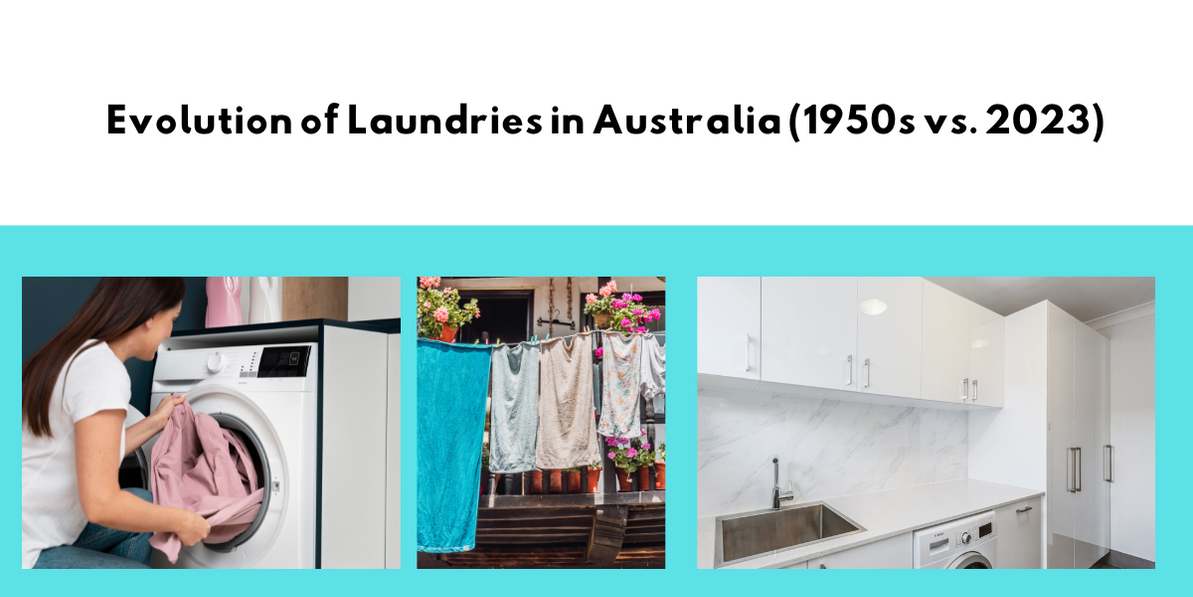From Washboards to Smart Machines: Evolution of Laundries in Australia (1950s vs. 2023)
Laundries play a vital role in Australian households, providing a dedicated space for cleaning and caring for clothes and linens. Over the years, laundries have transformed significantly, both in terms of design and functionality. In this informative blog post, we will explore the changes in laundries in Australia, comparing the characteristics of the 1950s with the conveniences available in 2023. From design and layout to usage and modern technologies, let's uncover the evolution of laundries through time.

1. Design and Layout
1950s: In the 1950s, laundries were often compact and utilitarian spaces. They were typically situated in a separate room or a small area within the kitchen or bathroom. Design aesthetics were minimalistic, focusing primarily on functionality. Laundries featured a basic layout with a washing machine, a sink for handwashing, and a drying rack or clothesline for drying clothes.
2023: Modern laundries have seen a significant shift in design and layout, incorporating spaciousness and improved functionality. Dedicated laundry rooms or larger areas within homes have become more common. The layout often includes ample storage, countertop space for folding, and dedicated areas for sorting and ironing. The design embraces aesthetics with the use of stylish cabinetry, countertops, and flooring materials.
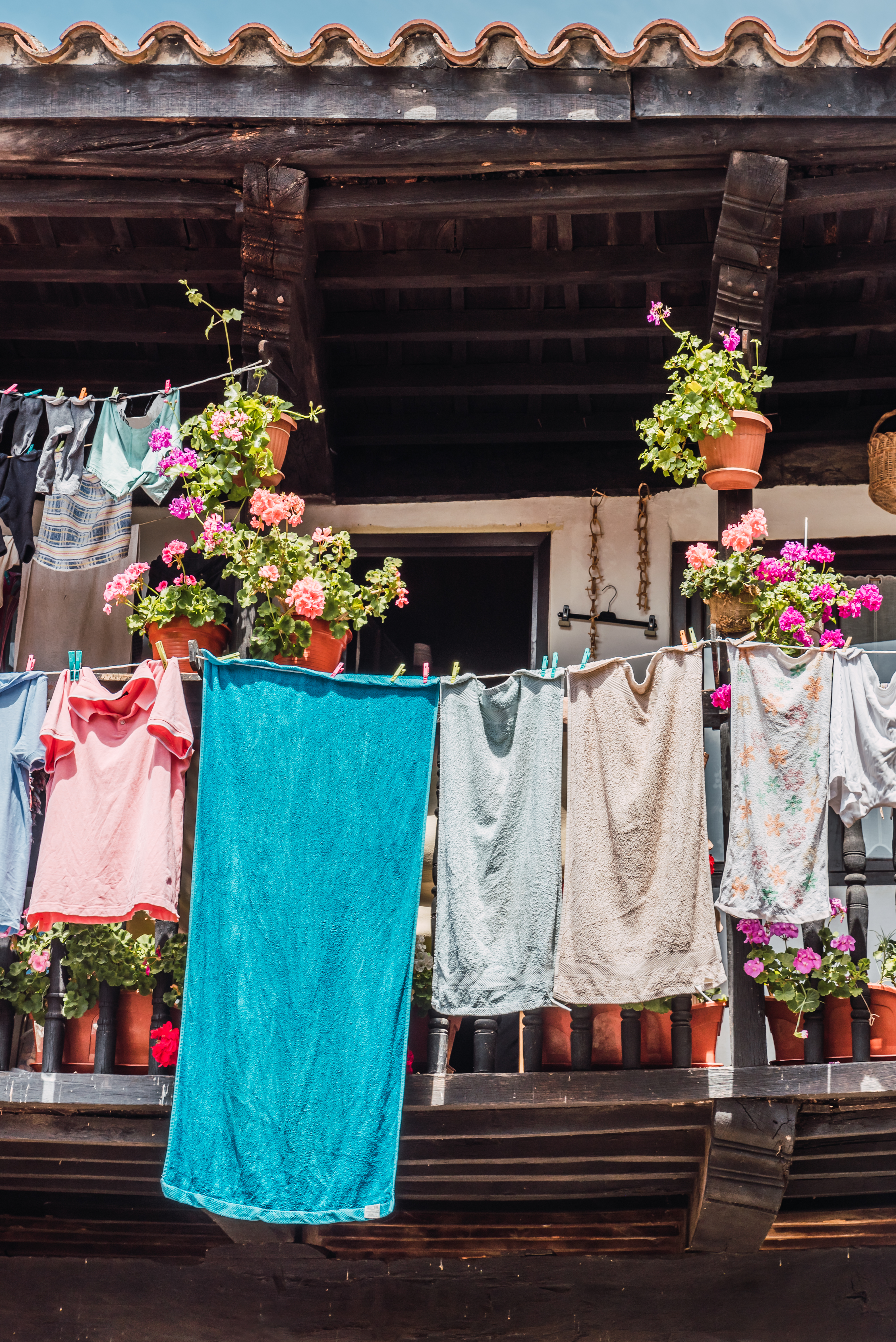
2. Usage and Practices
1950s: In the 1950s, laundry was a labour-intensive task primarily performed by women. Washing clothes involved handwashing delicate items and using a washing machine for heavier loads. Clothes were then hung on a clothesline or drying rack to air dry. Ironing and folding were subsequent steps in the process.
2023: Modern laundry practices have evolved significantly, aided by technological advancements and innovative appliances. Washing machines are now the primary method of cleaning clothes, with various settings and load capacities to accommodate different fabric types and sizes. Dryers have become common appliances, offering convenient and efficient drying options, reducing the reliance on outdoor drying. Ironing is made easier with steam irons and ironing boards and steaming cupboards designed for efficiency.
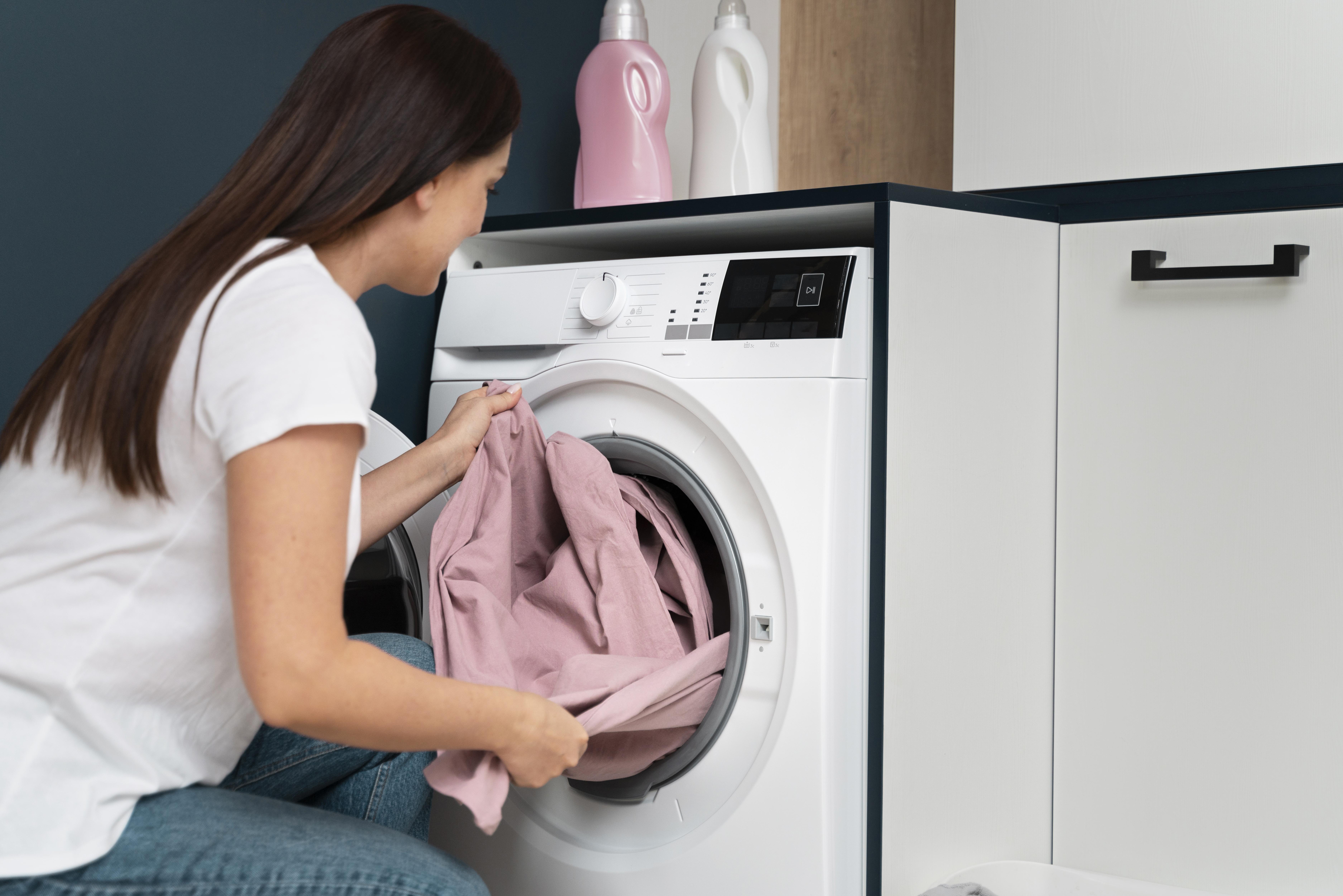
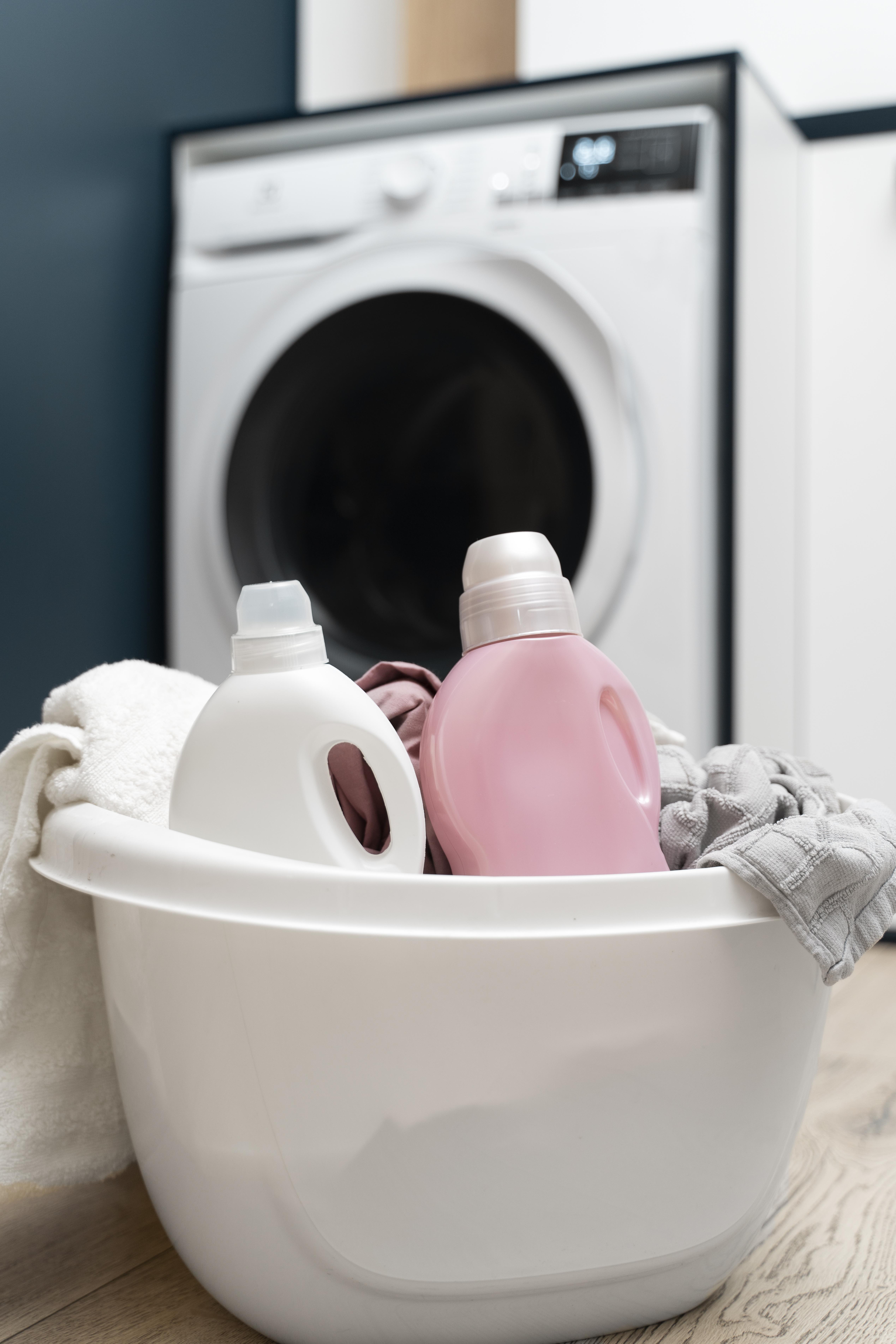
3. Modern Conveniences
2023: The advent of technology has brought about several conveniences to the modern Australian laundry.
a. Washing Machines: Modern washing machines offer a range of features, including multiple wash cycles, water and energy-saving options, and automatic detergent dispensers. Some models have advanced functions like steam cleaning, stain removal, and allergy-friendly settings. Some you can control via wi-fi and your mobile phone.
b. Dryers: Dryers have become popular in modern laundries, providing faster and more convenient drying. Sensor technology allows dryers to detect moisture levels, ensuring clothes are not over-dried. Energy-efficient heat pump dryers are gaining popularity due to their reduced energy consumption and lack on condensation.
c. Integrated Appliances: Modern laundries often include integrated appliances like washer-dryer combos, combining washing and drying functions in a single unit. These appliances are ideal for homes with limited space and eliminate the need for separate machines.
d. Smart Technology: In 2023, smart appliances are making their way into laundries. Wi-Fi-enabled washing machines and dryers allow users to control and monitor laundry cycles remotely via smartphone apps. Some models have automatic detergent reordering and personalized settings based on fabric types and preferences.
e. Storage Solutions: Modern laundries prioritize storage to keep the space organized. Built-in cabinetry, shelves, and drawers provide ample room for storing laundry supplies, cleaning products, and linens. Pull-out ironing boards, hanging racks, and folding stations are incorporated to enhance functionality. Plus having your dirty washing baskets hidden away inside the cupboard can seem like a dream come true.
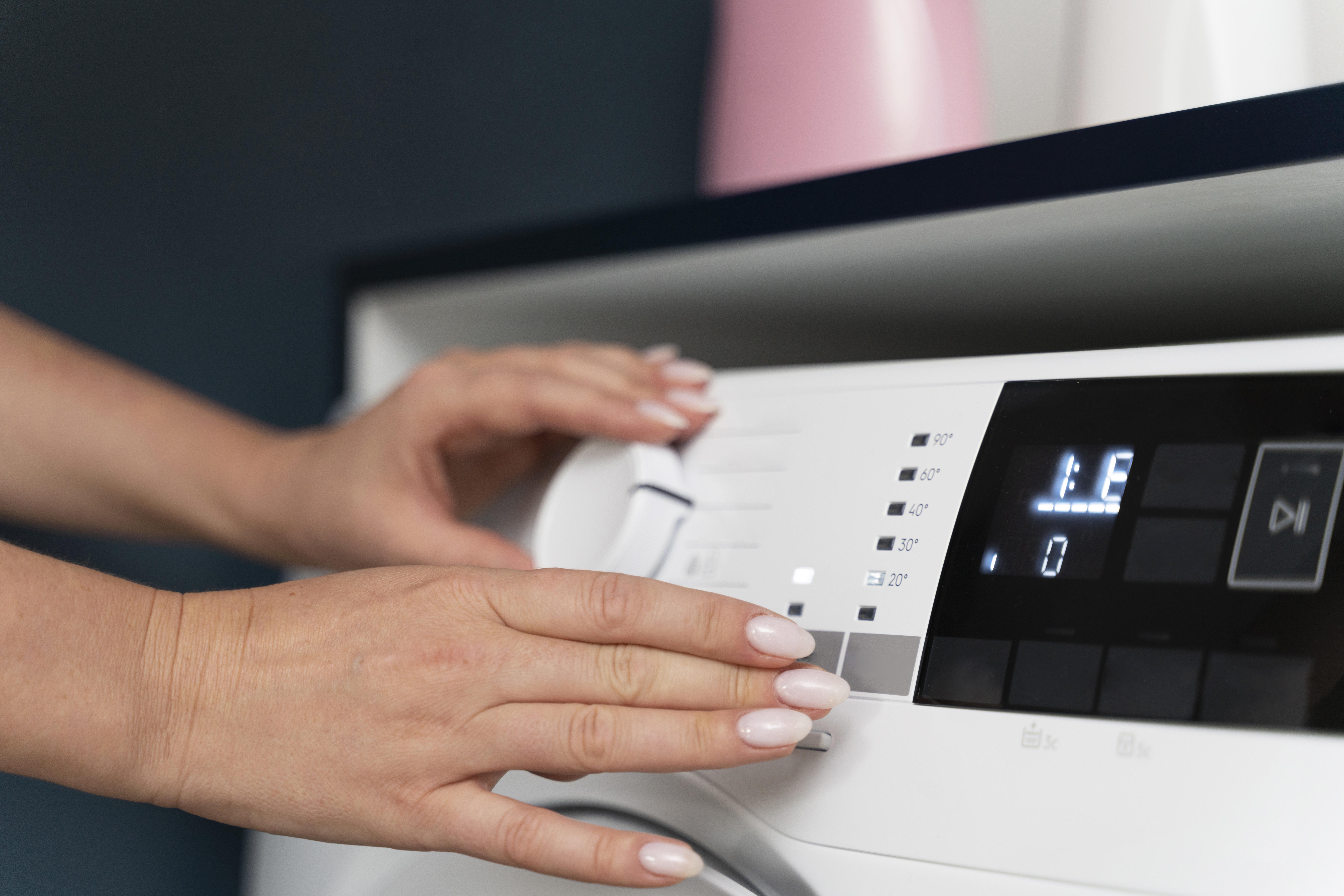
4. Sustainability and Energy Efficiency
2023: In recent years, sustainability and energy efficiency have become significant considerations in laundry design.
a. Water Efficiency: Modern washing machines have implemented water-saving technologies, such as load sensing and adjustable water levels, reducing water consumption. Front-loading machines are generally more water-efficient than top-loading models.
b. Energy Efficiency: Energy-efficient washing machines and dryers bear star ratings, indicating their energy-saving capabilities. Advanced features like inverter technology and eco-cycles help reduce energy consumption and minimize environmental impact.
c. Greywater Systems: Some households now incorporate greywater systems, allowing wastewater from laundry to be reused for irrigation purposes, promoting water conservation.
Laundries in Australia have come a long way since the 1950s, evolving from simple spaces dedicated to washing clothes to technologically advanced and multifunctional areas. The design and layout have shifted to accommodate spaciousness, storage solutions, and improved aesthetics. Modern conveniences, such as advanced washing machines, dryers, smart technology, and sustainable features, have revolutionized the laundry experience.
As we embrace the conveniences of 2023, it is essential to recognize and appreciate the transformation of laundries, highlighting the significant improvements in efficiency, water and energy conservation, and overall functionality. By understanding the evolution of laundries, we can create spaces that cater to the demands of modern life while ensuring comfort, convenience, and sustainability for Australian households.
Recent Posts
-
Upgrade Your Space with the Perfect Fit Series – New from The Sink Warehous
Your kitchen is more than just a space—it’s the heart of your home. Whether you're …14th Apr 2025 -
Mastering DIY: The Sink Warehouse's Flat-Pack Cabinet Assembly & Installation Guides
Ready to upgrade your kitchen, laundry, or bathroom with DIY flat-pack cabinets? The Sink Wareh …14th Apr 2025 -
Built to Last: Häfele Hardware with a Lifetime Warranty
When you're investing in a new kitchen, laundry, or cabinetry upgrade, you want more than just …14th Apr 2025

